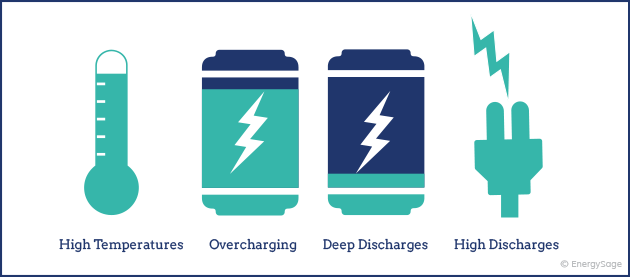The growth in deployments of lithium batteries will inevitably create a large flow of retired or used batteries. Today they seem to be present everywhere from scooters to motorcycles, sportscars, school buses, trucks, trains, and even planes.
By 2030, analysts predict that retirements could exceed half a million vehicles annually or over 2 million metric tonnes of batteries per year.
This is a quick overview of the current state of battery recycling which highlights opportunities to close the loop on battery materials and create a sustainable value chain.

The end of life
After primary use in a vehicle, potential end of life pathways for used electric vehicle batteries include reuse, or repurposing (“second life”), materials recovery (recycling), and disposal.
A handful of large-scale facilities recycle lithium batteries today using pyrometallurgical, or smelting, processes. These plants use high temperatures (~1500oC) to burn off impurities and recover cobalt, nickel, and copper. Lithium and aluminum are generally lost in this processes.

A second-life for batteries
A second-life application is an appealing opportunity for battery and vehicle manufacturers to make EVs more affordable and potentially generate more profit.
Reuse also extends the lifetime, and potentially displaces some new batteries from stationary applications, all of which reduces the overall impacts of battery production.

Closing the loop
Regardless of whether they are reused, recycling and material recovery will eventually be required. There are three general stages to battery recycling.
- The first stage is pretreatment, which consists of mechanical shredding and sorting out plastic fluff and non-ferrous materials.
- Secondary treatment can follow, which involves separating the cathode from the aluminum collector foil with a chemical solvent.
- The final step is dissolving the cathode materials through either leaching chemicals (referred to as hydrometallurgy) or heat and electrolytic reactions (referred to as pyrometallurgy).
Recovery of critical minerals
A lithium battery is primarily composed of a short-list of important minerals which could be recovered and used to make new ones, thereby lowering manufacturing costs.
The cost of minerals in the battery represent nearly half the cost of today’s lithium batteries.
The costs of the three most expensive ingredients in the battery cathode (i.e. cobalt, nickel, and lithium) have been highly volatile, fluctuating by as much as 300% in a single year, despite a >90% reduction in the overall price of EV batteries in the last ten years.
Batteries can be recycled economically with technologies available today. Future systems could further reduce pollution, climate emissions, and finite resource depletion associated with the battery life cycle.
Reference- Forbes, Business Insider, The Guardian, Clean Technica






